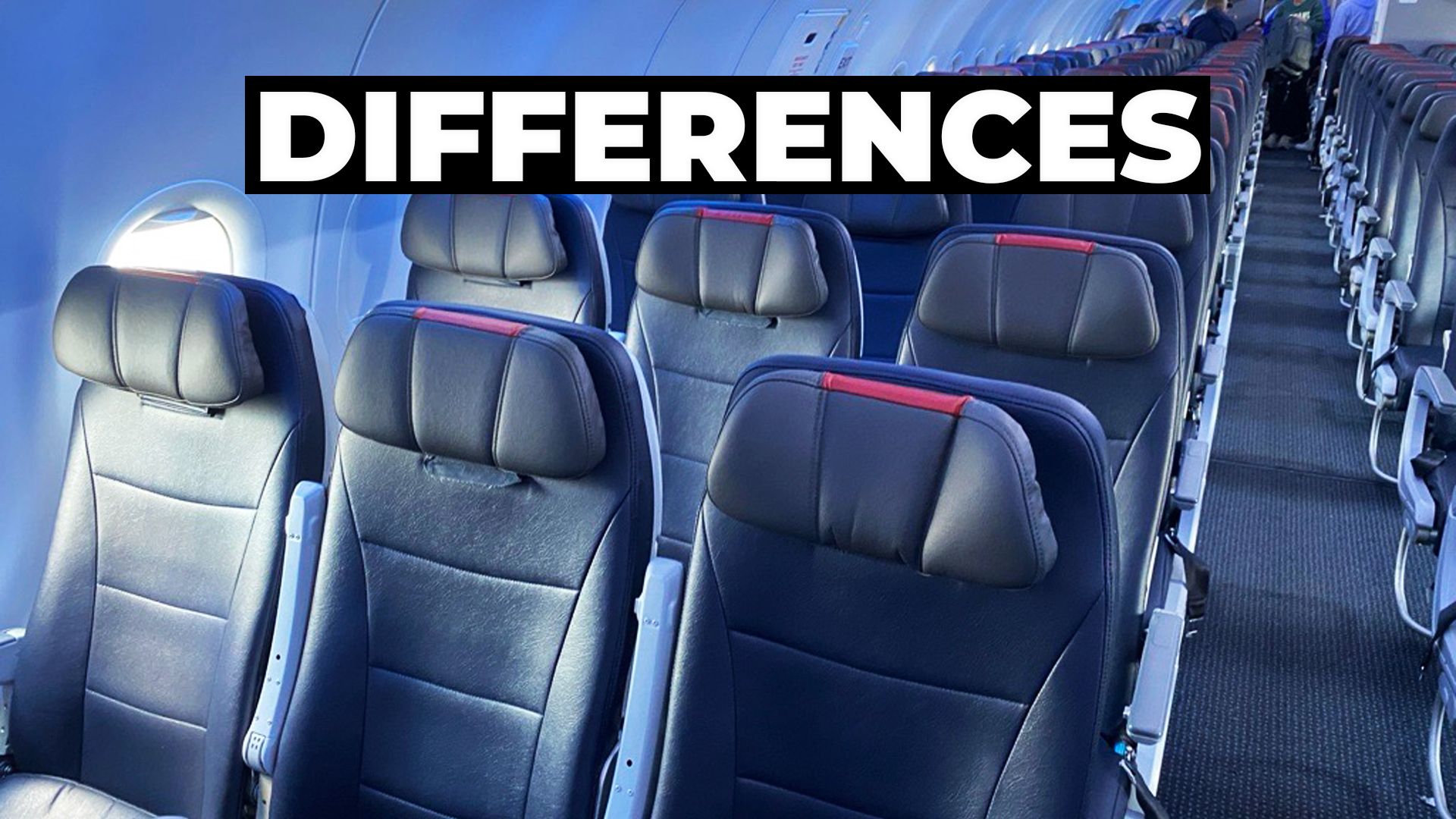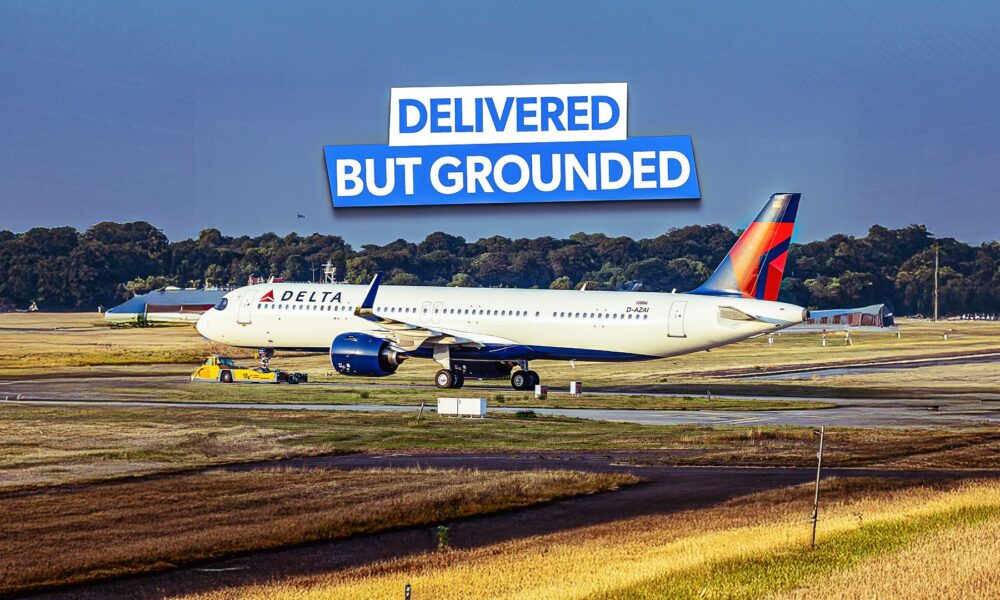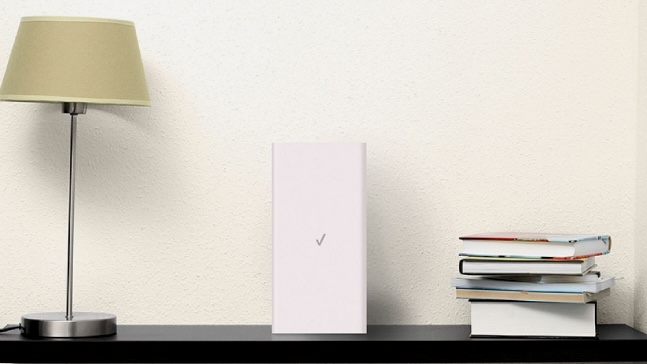The introduction of the basic economy fare class has transformed the airline industry, introducing a budget-friendly option that caters to price-sensitive travelers. Delta Air Lines first rolled out basic economy in March 2012 to compete with low-cost carriers such as Spirit Airlines. This fare structure has since expanded across major airlines, including United Airlines and American Airlines, creating a new layer of complexity in air travel pricing.
Despite being the least desirable cabin, economy class remains the most commonly used by passengers. It is characterized by tighter seating arrangements, reduced legroom, and limited amenities. In contrast, basic economy offers the same physical seat but comes with additional restrictions, such as no seat selection and limited baggage allowances. These limitations have sparked confusion among travelers and led to a debate about the merits of each fare type.
Understanding Basic Economy
Basic economy tickets are designed as the lowest fare option within the economy class. They serve as an entry point for budget-conscious travelers who prioritize cost over comfort. While the actual seating and in-flight services remain the same as regular economy tickets, basic economy fares impose strict rules. For example, passengers on Delta’s basic economy tickets cannot accrue SkyMiles and must board last in their designated boarding group.
The restrictions vary across airlines. For instance, passengers flying with United Airlines cannot preselect their seats and are also required to board last. Unlike Delta, United basic economy travelers do accrue frequent flyer miles, albeit at a reduced rate. Meanwhile, American Airlines allows basic economy passengers to check a bag, although they must pay for any changes or cancellations.
The Rationale Behind Basic Economy
Airlines defend the introduction of basic economy as a means to compete with ultra-low-cost carriers. The idea is to offer a no-frills option that attracts customers who might otherwise choose a cheaper airline. While basic economy fares are typically lower than traditional economy fares, they come with a trade-off in terms of flexibility and convenience.
The introduction of these tickets has also led to upselling opportunities for airlines. By highlighting the restrictions of basic economy, airlines encourage customers to consider higher fare classes that offer more benefits. This strategy is particularly effective for business travelers, who often require more flexibility due to last-minute bookings.
As of July 2023, the trend of offering basic economy options has spread beyond U.S. airlines. European carriers, including Air France and Virgin Atlantic, have adopted similar fare structures, further entrenching basic economy in the global airline market.
Airlines have also been exploring the idea of basic fare options for business class. In 2019, Emirates introduced “Special” business class fares on select routes, which provide access to the seat and basic services without the full range of amenities. Both Delta and United have indicated interest in implementing unbundled business fares, suggesting that this trend may continue to evolve.
The shift towards basic economy reflects a broader change in consumer preferences, with leisure travelers increasingly opting for economy class tickets. Airlines are adapting to this demand by offering various fare types within each cabin, allowing for improved competitiveness against budget carriers.
In conclusion, while basic economy fares have become a standard offering for airlines, the impact on passenger experience remains a topic of discussion. The balance between affordability and convenience continues to shape the future of air travel, as airlines navigate a landscape marked by increasing competition and changing consumer expectations.






